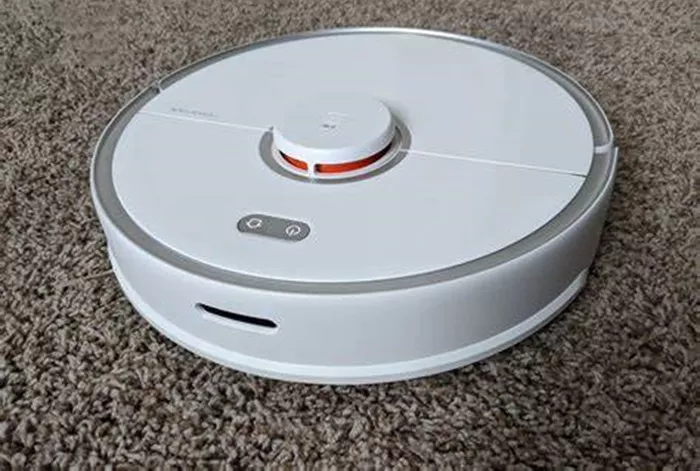Bleach is a powerful cleaning agent commonly used in pressure washers to tackle tough stains, mold, and mildew on outdoor surfaces. When used correctly, it can restore the appearance of driveways, decks, fences, and brick pavers while providing disinfection benefits. However, improper use of bleach can lead to damage to surfaces, harm to plants, or personal injury. This guide will walk you through the safe and effective methods of incorporating bleach into your pressure washing routine, covering equipment preparation, application techniques, and post-cleaning care.
Understanding Bleach in Pressure Washing
Types of Bleach Suitable for Pressure Washers
The two primary types of bleach used in pressure washing are chlorine bleach (sodium hypochlorite) and oxygen bleach (sodium percarbonate). Chlorine bleach is highly effective for killing bacteria, mold, and mildew, making it ideal for disinfection and removing organic stains. It works by breaking down the chemical structure of stains, leaving surfaces clean and bright. Oxygen bleach, on the other hand, is a gentler alternative that is safe for use on colored surfaces and porous materials like stone or wood. It releases oxygen molecules that lift stains without harsh chemicals, making it a more environmentally friendly option.
How Bleach Works in Pressure Washing
Bleach acts as both a disinfectant and a stain remover in pressure washing. When diluted and applied through a pressure washer, it penetrates deep into the pores of surfaces to break down organic matter such as algae, moss, and dirt. The high-pressure water stream then rinses away the loosened contaminants, revealing a cleaner surface. Chlorine bleach also has the added benefit of killing mold spores, preventing regrowth in damp environments.
Common Applications for Bleach in Pressure Washing
Bleach is commonly used to clean a variety of outdoor surfaces, including concrete driveways, brick patios, wooden decks, vinyl siding, and metal fences. It is particularly effective for removing green algae from shaded areas, black mold from roof shingles, and oil stains from garage floors. Additionally, bleach can be used to disinfect outdoor furniture, play equipment, and pet areas, ensuring a safe and hygienic environment.
Safety Precautions Before Using Bleach
Protective Gear and Ventilation
Always prioritize safety by wearing appropriate protective gear when handling bleach. This includes safety goggles to protect your eyes from splashes, chemical-resistant gloves to shield your hands, and long sleeves and pants to prevent skin contact. Bleach fumes can be irritating, so work in a well-ventilated area. If working indoors or in enclosed spaces, use a fan to improve air circulation. Avoid inhaling the fumes directly, and never mix bleach with other cleaning agents, as this can create dangerous chemical reactions.
Surface and Plant Protection
Before applying bleach, inspect the surface you plan to clean for any damage or cracks. Bleach can further damage already compromised surfaces, so repair any issues before starting. Protect nearby plants and landscaping by covering them with tarps or plastic sheeting. The high-pressure water and bleach solution can harm plants, causing leaves to yellow or die. If plants are in close proximity, water them thoroughly before and after cleaning to dilute any bleach that may reach their roots.
Equipment Check and Dilution Rates
Ensure your pressure washer is in good working condition before adding bleach. Check the manufacturer’s instructions to confirm that your pressure washer is compatible with bleach solutions. Some pressure washers have dedicated detergent tanks or injection systems that allow for safe and controlled application. Always dilute bleach according to the manufacturer’s recommendations, typically a ratio of 1 part bleach to 10 parts water for general cleaning. For more stubborn stains, you may increase the concentration slightly, but never use undiluted bleach as it can damage surfaces and equipment.
Preparing the Pressure Washer for Bleach Use
Choosing the Right Nozzle and Pressure Setting
Select a wide-angle nozzle (such as 25 or 40 degrees) for applying the bleach solution. This ensures an even distribution of the solution without causing damage to the surface. Start with a low pressure setting (around 1,500 PSI) when applying the bleach to prevent over-spray and ensure proper control. Once the solution has had time to penetrate the stains, you can increase the pressure slightly for rinsing.
Mixing the Bleach Solution
Use a clean bucket to mix the bleach and water solution. Measure the ingredients carefully to avoid over-dilution or under-dilution. If using a pressure washer with a detergent tank, fill it with the mixed solution according to the manufacturer’s instructions. For models without a detergent tank, you can use a garden sprayer to apply the bleach solution before rinsing with the pressure washer.
Testing on a Small Area
Before applying the bleach solution to the entire surface, test it on a small, inconspicuous area. This helps you determine if the concentration is appropriate and if the surface reacts negatively to the bleach. Look for any discoloration, peeling, or damage. If the test area shows no adverse effects, proceed with the full application.
Conclusion
Using bleach in a pressure washer can be a highly effective way to clean and disinfect outdoor surfaces, but it requires careful planning and proper execution. By following the safety precautions, using the right equipment, and applying the bleach solution correctly, you can achieve professional-level results without damaging your property or harming the environment. Remember to always test on a small area first, protect nearby plants, and rinse thoroughly to ensure a safe and successful cleaning experience. With regular maintenance and proper use, bleach can be a valuable tool in your pressure washing arsenal, keeping your outdoor spaces clean, safe, and visually appealing.
Related topics:

